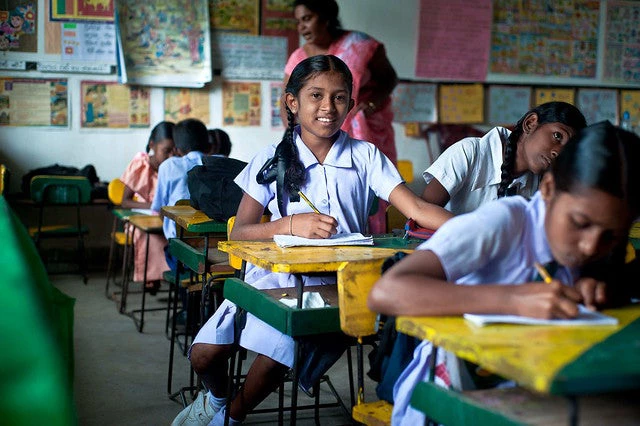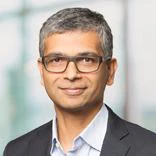Guest blog by Girindre Beeharry, Director of the Global Education Strategy, Bill & Melinda Gates Foundation
The world has made tremendous progress in education over the past 15 years—the number of children and adolescents out of school has been cut almost in half, and 90% of students who are primary-school-aged are in school today.
Education is critical—it’s the foundation for development, growth and poverty reduction.
And yet, even as most children are in school, a large proportion of them are not learning even fundamental skills, and a majority cannot read a simple, age-appropriate text by the time they are 10 years old. Students who cannot read by this time are more likely to fall behind, often with no opportunity to catch up.
The World Bank calls this “Learning Poverty,” and new data show that 53% of all children in low- and middle-income countries are “learning poor.” In some parts of the world, the number is even higher—in Sub-Saharan Africa, nearly 87% of children are considered learning poor, and the rate is 90% across all low-income countries.
What’s more, the current rate of improvement is too slow to meet the aspirations of SDG 4, which seeks quality education for all children. With no changes to our approaches, the number of children experiencing Learning Poverty will have improved to just 43% by 2030. That’s not a lot to cheer about.
The World Bank today is announcing a new operational global learning target: to cut the global Learning Poverty rate by at least half, to 27%, before 2030. This is an ambitious but worthy goal that will require the focused and unrelenting attention of governments and of technical and funding agencies supporting them. It also will require genuine accountability, timely and credible data and measurement to know if we are making progress, and a deeper understanding of the binding constraints that hold back progress. And it will take great ingenuity—there will never be enough money to do everything, so we must draw on evidence and innovation to stretch scarce resources to do what needs to be done. The reasons to pursue this goal far outweigh the costs.
The global learning crisis—a major contributor to human capital deficit—undermines sustainable growth and poverty reduction and hinders the achievement of the SDGs, including the education-focused SDG 4. Children cannot attend — let alone complete —secondary schooling if they have not so much as learned how to read. There is an urgent need for a global commitment to investing more and better in young learners.
Countries will need to lead collective action to reduce Learning Poverty. To bring the rate down to 27%, each country will establish its own path. A necessary step is to better support countries in how they measure learning. Accordingly, rather than prescribe a one-size-fits-all approach, the World Bank Group is supporting countries in finding their own path and drawing from global evidence, with resources that include support for a literacy policy package, and a measurement and research agenda. Through the Global Education Policy Dashboard, we are partnering with DFID and the World Bank to help countries identify the binding constraints in their own context to decide where to act and to monitor progress.
Our focus at the Gates Foundation is to provide education systems with better information, evidence, tools, and approaches to improve teaching and learning—and to lend support towards meeting the SDGs. The World Bank’s initiative to reduce learning poverty is a move to refresh the momentum towards better serving all children, particularly the many who are at risk of falling off the learning path never to find it again. We hope countries and world education leaders will bring the sum of their considerable talent, commitment and resourcefulness to bear so that we see meaningful, measurable progress. The alternative is too bleak to consider.



Join the Conversation